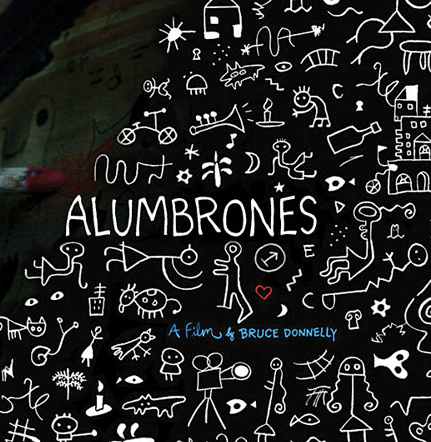Vibrant yet straight-forward, Alumbrones documents the condition Cuban artists of multiple generations face as they practice their work not within a vacuum, but in public. Director Bruce Donnelly focuses, above all, on the influences of their work (most work in painting with sculptural elements), crafting a rich portrait of live in Havana. Right from the get-go we are told by an unidentified subject the work we’re about to see is influenced by “an emotion that has to do with the sea, with the city, with the people – it’s an explosive mixture I can’t describe.”
Launching from that thesis point, we’re introduced to a range of mid-to-late career artists who have made their mark including, Pedro Pablo Oliva (the only individual artist identified before the closing credits) and his well-known work The Great Blackout, depicting the fall of USSR.
The film’s apt title translates to Blackout, and each practitioner on screen speaks with a sense of urgency. While the film is polished and relevant, the work and artists curiously are coy about their process. Donnelly’s camera travels to the Graphical Experimental Workshop of Havana, a printmaking warehouse, and while others are present in the frame, he narrows his focus to the artists chosen.
One collective, known as the Motley Bunch – the youngest artists on screen — continue to obsessively produce work, finding their style in a new Cuba, while others share the impact of political uncertainty following the break-up of the Soviet Union. Falling into a “great blackout,” work (and life) takes a different shape — objects become more precious and art is fashioned from recycled elements. The artists selected document the condition of these times while the Motley Bunch create work influenced by the mid-career artists that frame the picture.
Beautifully yet simply shot, Alumbrones lacks the commentary that a PBS or BBC documentary on the subject would contain, allowing each to speak for themselves. The very act of separating the artists by not identifying or showing them at work, interacting with their collaborators, etc. is a curious choice. What Donnelly chooses to tell us about Havana comes directly from the art and the artists, free from the influence of additional commentary creating meaning in the isolation. As frustrating as the perspective can be (often I wish I knew a little more), Alumbrones is an immersive experience; our view is restricted by the artists and their experiences. Running a brisk 75 minutes, parts of the ecosystem are left untouched, including a brief view of a gallery. Reducing the production of this work to political artifacts of each piece of art as a means of gaining a deeper self-understanding is a smart approach to exploring a contemporary subject we know little about.
Alumbrones is now playing in New York City.


